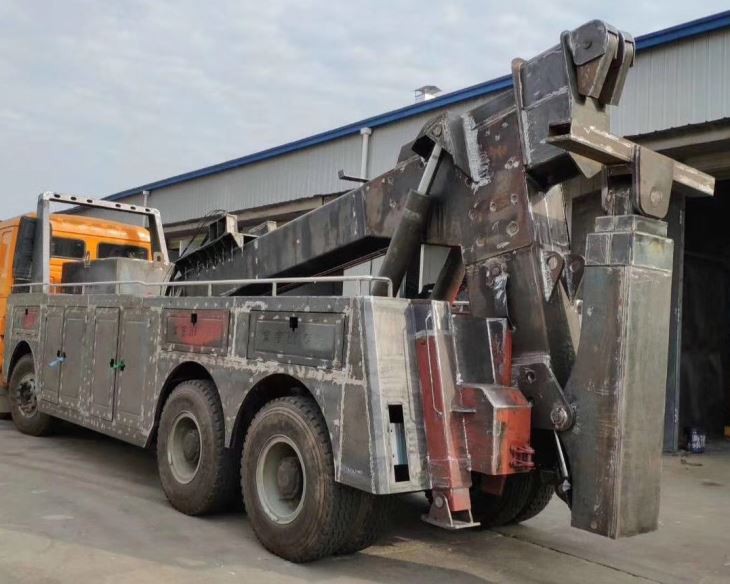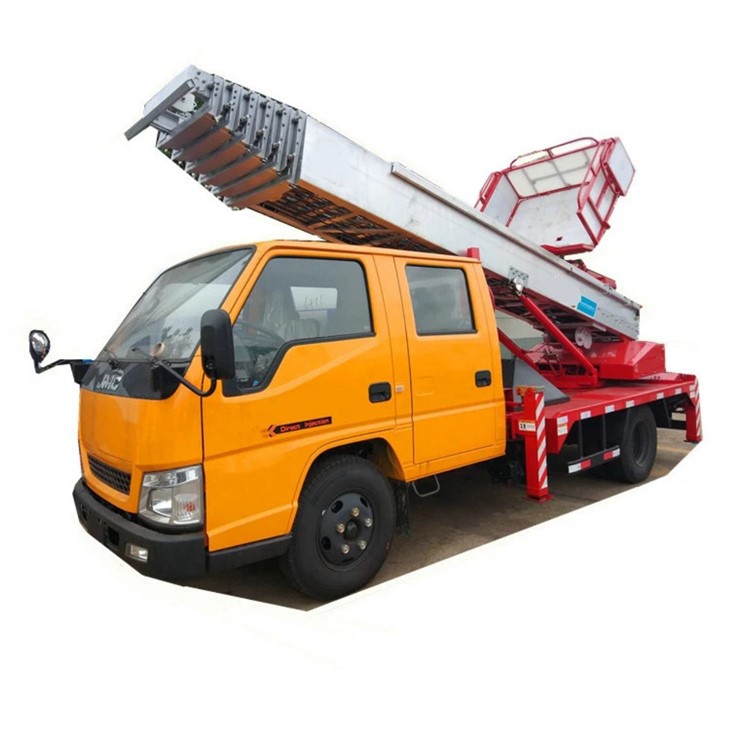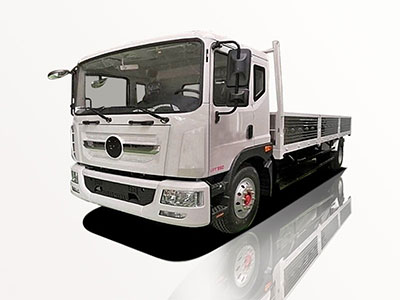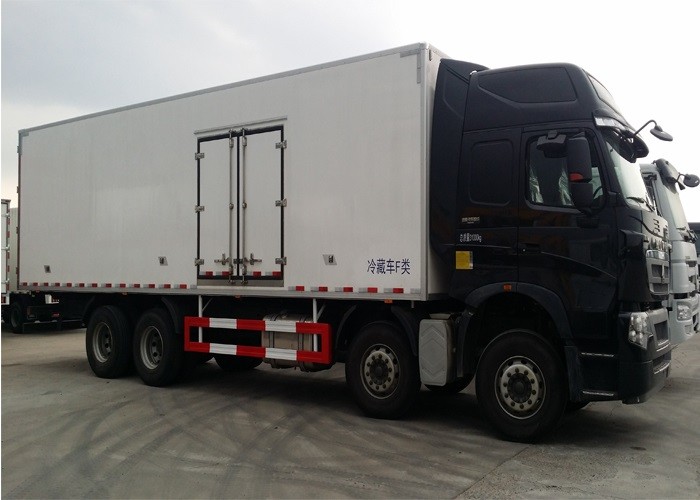Building a Kenworth truck is a rewarding endeavor that allows enthusiasts and professionals alike to create a powerful and reliable vehicle tailored to their specific needs. Whether you are a truck driver, a fleet manager, or just a passionate DIYer, understanding the steps involved in building a Kenworth can help you achieve your goals. This article will walk you through every aspect of the construction process, from planning and selecting parts to assembly and maintenance.
Understanding Kenworth Trucks
What is a Kenworth Truck?
Kenworth is a well-established brand of trucks known for their durability, performance, and comfort. They are primarily used in long-haul transportation, construction, and logistical applications. The brand offers a wide range of models, each designed for specific purposes, and is recognized for its high-quality craftsmanship.
Why Build Your Own Kenworth?
Building your own Kenworth truck gives you full control over its features and specifications. You can customize the engine, chassis, and interior to meet your specific needs while potentially saving money and creating a unique vehicle. Building your own truck also allows you to better understand how it operates, which can be valuable for maintenance and repairs.
Planning Your Kenworth Build
Identifying Your Needs
The first step in building a Kenworth is identifying your specific needs. Consider the following:
- Purpose: Will it be used for long-haul trucking, construction, or local deliveries?
- Payload Capacity: How much weight will it need to carry?
- Engine Specifications: Do you need a more powerful engine for hilly areas or a fuel-efficient one for long distances?
- Comfort Features: What type of cab and interior features are necessary for your comfort during long hours on the road?
Setting a Budget
Building a Kenworth can be expensive, so setting a realistic budget is crucial. Consider costs for:
- Chassis: Different models come with various price points.
- Engine: Choose an engine based on your power requirements.
- Customizations: Additional features will add to your overall costs.
Selecting the Right Model
Popular Kenworth Models
Before you start building, it’s essential to choose the right model for your needs. Some popular Kenworth models include:
| Model | Best For | Engine Options | Payload Capacity |
|---|---|---|---|
| Kenworth W900 | Long-haul trucking | Cat, Cummins | Up to 80,000 lbs |
| Kenworth T680 | Fuel efficiency | Paccar MX-13 | Up to 70,000 lbs |
| Kenworth T880 | Construction | Paccar MX-11, MX-13 | Up to 80,000 lbs |
Finding Spare Parts
Once you have decided on a model, sourcing quality parts is key. Look for authorized Kenworth dealerships, trusted aftermarket suppliers, or auctions for used parts. Ensure that the parts you choose are compatible with your selected model.
Essential Components for Your Kenworth Build
Chassis Selection
The chassis is the backbone of your truck. Choose a chassis that meets your weight and strength requirements. Kenworth trucks are built on rugged chassis that can handle heavy loads.
Engine Options
Selecting the right engine is critical for performance. Your choice will depend on your needs:
- Diesel Engines: Most Kenworths come with diesel options for better fuel efficiency and torque.
- Gas Engines: Suitable for lighter applications but may lack the power needed for long-haul trucking.
Transmission Type
Kenworth trucks typically offer manual and automatic transmission options. Consider your driving preferences and the type of loads you will be hauling:
- Manual Transmission: Often preferred for better control and fuel efficiency.
- Automatic Transmission: Easier to drive and suitable for long distances.
Suspension System
A good suspension system enhances driving comfort and vehicle stability. Options include:
- Air Suspension for comfort and weight distribution.
- Spring Suspension for durability and stability, especially on rugged terrain.
Assembly Process
Preparing the Workspace
Before starting the assembly, ensure you have a clean and organized workspace. Gather all the necessary tools, parts, and safety equipment.
Building the Chassis
Begin with the chassis assembly. Follow the manufacturer’s specifications for assembling the frame. Make sure all joints are secure and any welds are completed appropriately.
Installing the Engine
Once the chassis is complete, install the engine according to the specifications. Ensure all connections, such as fuel lines and electrical connections, are properly secured.
Adding the Transmission
The next step is to install the transmission. Connect it to the engine properly and ensure all mounting points are secure.
Installing the Suspension and Axles
Install the suspension system next. Depending on your choice, attach either the air or spring suspension followed by the axles. Double-check all connections to prevent future issues.
Interior and Exterior Features
Once the primary components are in place, focus on the interior and exterior features. Customize the cab with comfortable seating, user-friendly controls, and safety features. Externally, ensure that headlights, turn signals, and mirrors are correctly fitted.
Testing Your Kenworth
Safety Checks
Before driving your newly built Kenworth, perform extensive safety checks:
- Inspect brakes, lights, and signals.
- Check fluid levels and tire pressure.
- Ensure that all mounting bolts and connections are secure.
Test Drive
Take your Kenworth for a test drive to make sure everything functions correctly. Pay attention to engine performance, steering response, and braking capabilities.
Maintenance Tips for Your Kenworth
Routine Maintenance Schedule
Regular maintenance is essential to ensure the longevity and optimal performance of your Kenworth. Create a maintenance schedule that includes:
- Oil changes every 5,000 to 10,000 miles.
- Brake inspections every 15,000 miles.
- Tire rotations every 10,000 miles.
Recognizing Common Issues
Keep an eye out for common problems such as:
- Engine warning lights.
- Unusual noises or vibrations during operation.
- Brake performance issues.
FAQs
1. How much does it cost to build a Kenworth truck?
The cost to build a Kenworth truck varies widely depending on the model, parts used, and customizations. Typically, expect to invest between $100,000 to $200,000.
2. Can I build a Kenworth truck myself?
Yes, if you have mechanical skills and the right tools, building a Kenworth yourself is possible. However, it requires significant knowledge and experience with truck assembly.
3. Do Kenworth trucks come with warranties?
New Kenworth trucks purchased from dealerships usually come with a warranty covering specific components and a limited period. Be sure to inquire about warranty options when obtaining your parts.
4. What is the fuel efficiency of a Kenworth truck?
Fuel efficiency varies with the model and engine type. On average, Kenworth trucks achieve between 6 to 8 miles per gallon.
5. How often should I perform maintenance on my Kenworth?
Regular maintenance should be performed based on mileage and specific component recommendations. As a rule of thumb, inspect major systems every 5,000 to 10,000 miles.
6. What should I do if my Kenworth breaks down?
If your Kenworth breaks down, first ensure your safety. Make sure to have roadside assistance or a reputable mechanic available. Regular checkups can help minimize breakdowns.



